Major market players are spending a lot of money on R&D to increase their product lines, which will help the 3D Printing Metals market grow even more. Market participants are also taking a range of strategic initiatives to grow their worldwide footprint, with key market developments such as new product launches, contractual agreements, mergers and acquisitions, increased investments, and collaboration with other organizations. Competitors in the 3D Printing Metals industry must offer cost-effective items to expand and survive in an increasingly competitive and rising market environment.
The major market players are investing a lot of money in R&D to expand their product lines, which will spur further market growth for 3D Printing Metals. With significant market development like new product releases, contractual agreements, mergers and acquisitions, increased investments, and collaboration with other organizations, market participants are also undertaking various strategic activities to expand their global presence. To grow and thrive in a market climate that is becoming more competitive and growing, competitors in the 3D Printing Metals industry must offer affordable products.
Manufacturing locally to cut operating costs is one of the main business tactics manufacturers use in the global 3D Printing Metals industry to benefit customers and expand the market sector. Major 3D Printing Metals market players, including Voxeljet AG, Renishaw plc, 3D Systems, Inc, GKN Aerospace, CRS Holdings Inc (Carpenter Technology Corporation), Triditive, Incus, Materialise, Concept Laser GmbH, Optomec, Inc. SLM Solutions, and others, are attempting to increase market demand by funding R&D initiatives.
Voxeljet AG is a German company that specializes in the production and sale of 3D printing systems and services. Voxeljet's primary focus is on the development and production of large-scale 3D printing systems for industrial applications, with a particular emphasis on the production of sand-casting molds and cores for automotive, aerospace, and other industries. The company also provides 3D printing services, including prototyping and production of parts for its customers. Voxeljet's 3D printing systems are based on binder jetting technology, which involves selectively depositing a binder material onto a bed of powder, layer by layer, to create a solid object.
The company's systems are capable of producing parts with a high degree of accuracy and detail, as well as large-scale objects up to several meters in size.
Renishaw is a UK-based global company that specializes in the production and sale of high-precision metrology and additive manufacturing (3D printing) systems. Renishaw's core business is in metrology, where it develops and produces precision measurement and control equipment used in industries such as aerospace, automotive, medical, and electronics. The company's products include coordinate measuring machines (CMMs), laser measurement systems, encoders, and calibration equipment. Renishaw's metrology products are used to measure and control critical dimensions and geometries in manufacturing processes, ensuring high quality and accuracy.
In addition to its metrology business, Renishaw has also developed advanced additive manufacturing (3D printing) technology, which it markets under the brand name "RenAM." The company's metal 3D printing systems use a powder bed fusion technique to produce high-quality, complex metal parts for a variety of industries, including aerospace, medical, and industrial automation. Renishaw's 3D printing systems are known for their high precision and reliability, and the company has developed a range of software solutions to support the design and production of parts. Renishaw also offers a range of metal powders for use in its 3D printing systems.
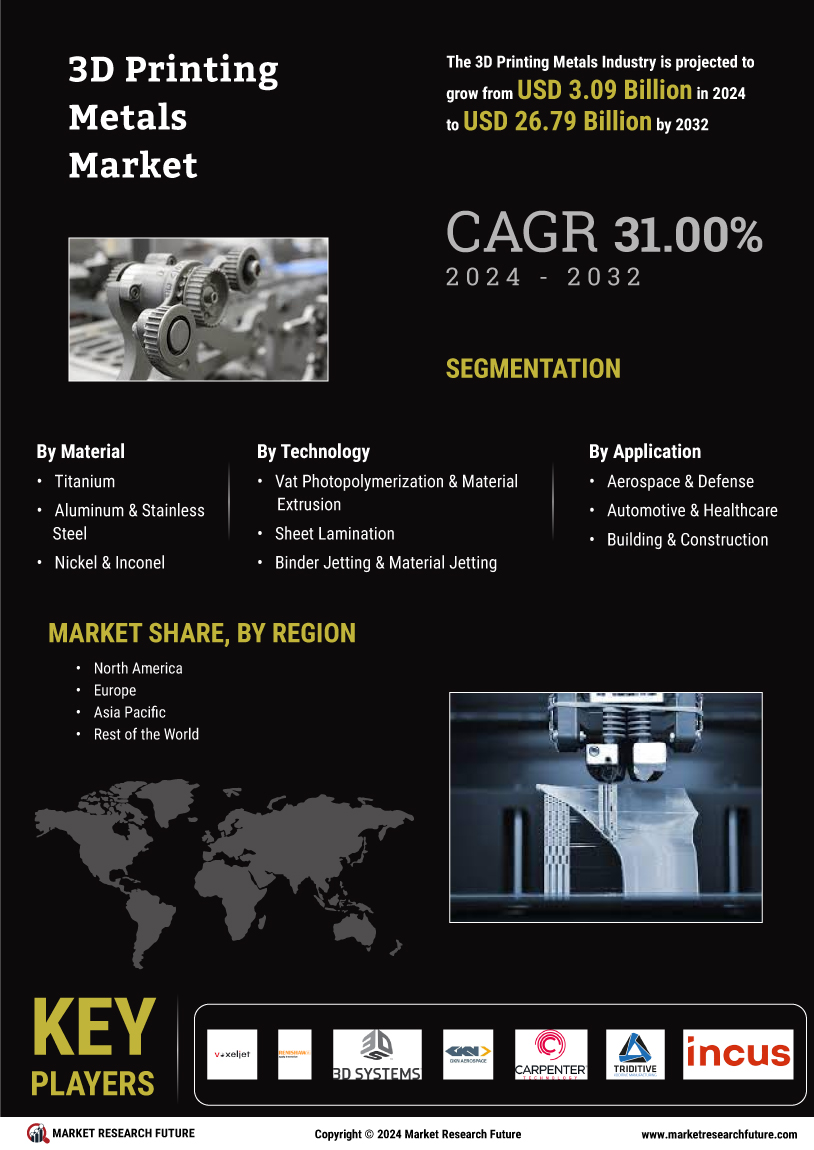

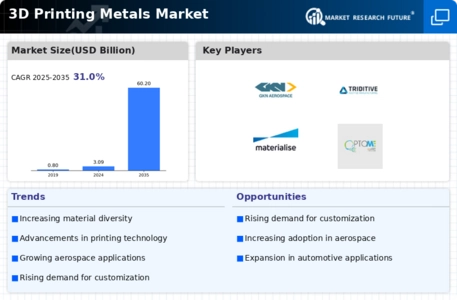

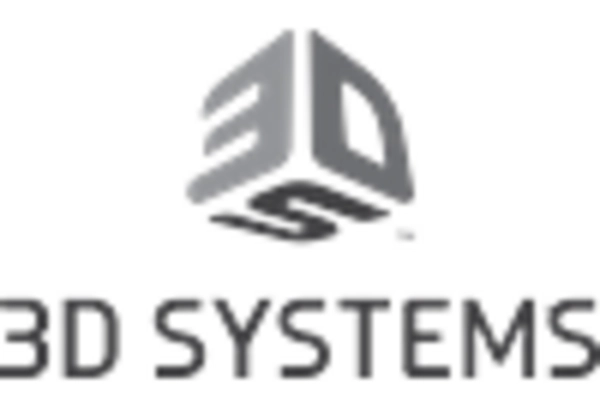
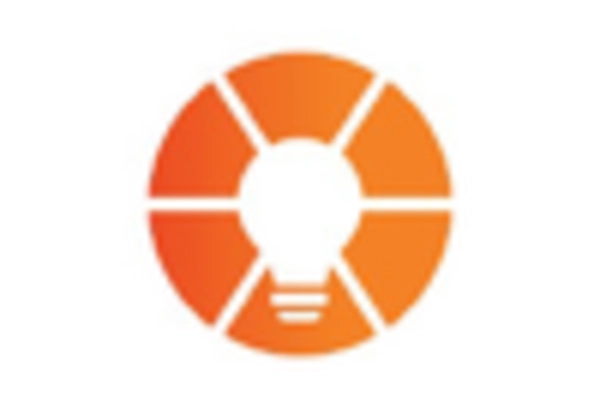
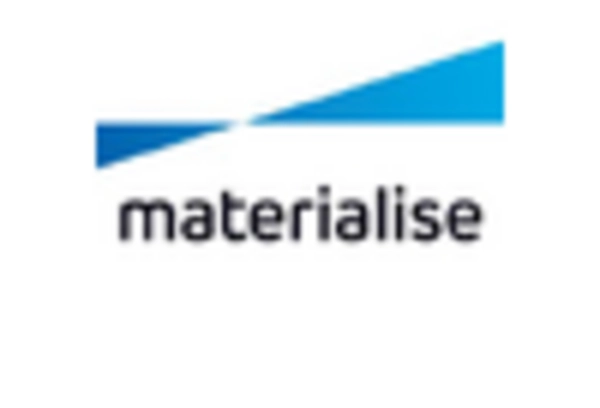
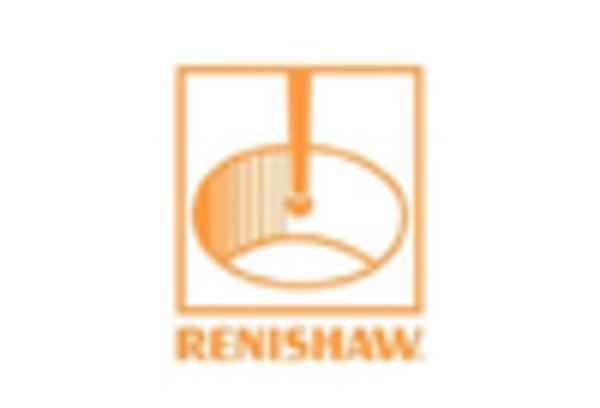
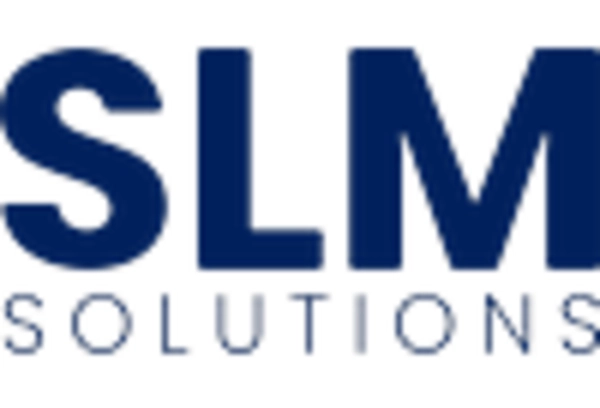
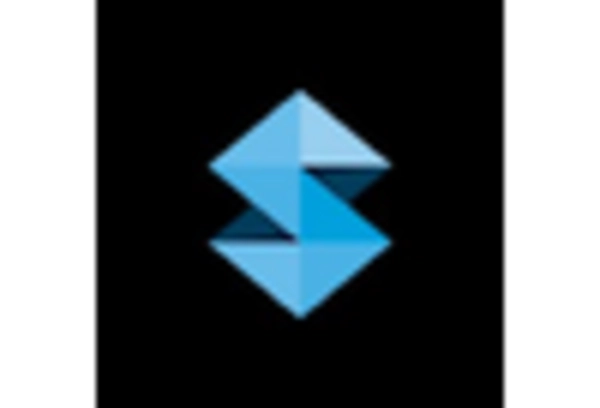








Leave a Comment